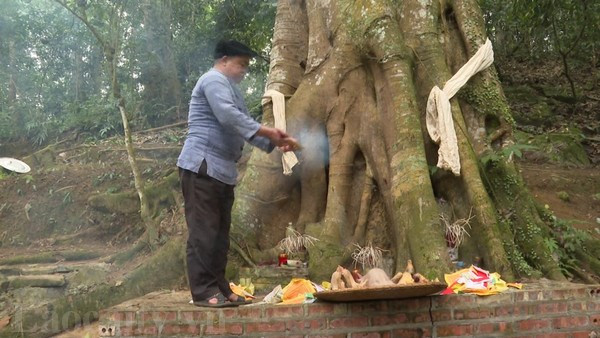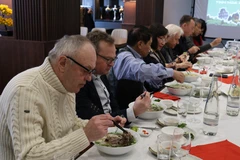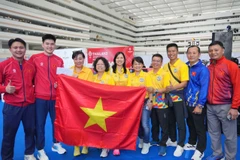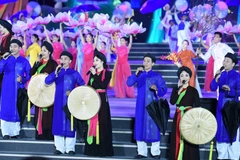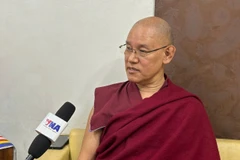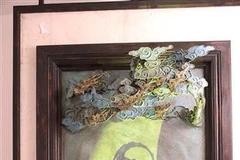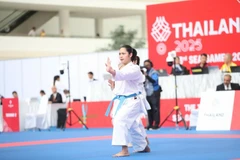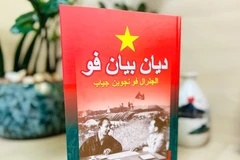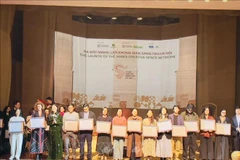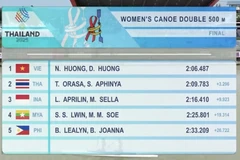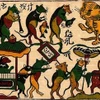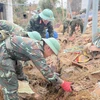Lao Cai (VNA) - The Ministry of Culture, Sport and Tourism has recognized the ritual of forest god worship of Mong ethnic people in Si Ma Cai district, northern mountainous province of Lao Cai as national intangible cultural heritage.
This will be a driving force for the Mong people to continue promoting their cultural traditions, unite to preserve forests and protect water sources and living environment.
Ly Seo Vang, Deputy Secretary of the Si Ma Cai District Party Committee said the people of Si Ma Cai district are very excited to receive a certificate to recognise their forest god worship ritual as national intangible cultural heritage status in the early spring. “This is a valuable title for the district, especially the Mong people and we will try to promote and preserve these cultural values to better protect the forest," he said.
The ritual is a traditional festival starting a long time ago and is passed down from generation to generation of the Mong people in Si Ma Cai mountainous district.
The Mong people consider each forest to be ruled by a god. To worship the god of the forest is to pray for his support for villagers’ good health and bumper crops and as well as to preserve the forest.
Every year on the second and sixth months of the lunar year, the Mong people in Si Ma Cai district gather together to organise a forest god worshiping ceremony to wish for a year of favourable weather, bumper crops, a prosperous and united life...
Not only is it a unique traditional ritual of the Mong people, the ritual of worshiping the forest god is important in raising people's awareness of preserving and protecting forests and the sustainable environment.
On the day of the ceremony, people will bring offerings to the place of worship. This place is chosen by a reputable shaman who is knowledgeable about the rituals of the clan. The offerings to the forest god include goats, chickens, tofu and chung cakes.
At the forest god worshiping ceremony, everyone can attend, but only men can directly participate in the rituals. The ceremony is divided into two parts, including live offerings and cooked offerings. Giving live offerings is to share with the god animals that are still alive and will be reincarnated in front of the altar of the forest god to send him the soul of the sacrificial creature. In the live offering part, after burning incense for the ceremony, the shaman will burn the feathers of the sacrificial animals with the incense stick at the altar and then reincarnate the animals. After that, he will invite the forest god to receive the sacrificial souls. At the end of the live offering part, the animals are cooked to make offerings for the second part.
During the vows of the second part, the shaman will invite the forest god to accept cooked offerings and recites the wishes of the villagers for the year. The ritual of worship will end when the shaman burns all the worshiping papers containing the blood of the sacrificial animals and pour wine on the sacred tree where the altar is set up.
After the rituals, people will often listen to the shaman who tells ancient and mysterious stories about the sacredness of the forest. Everyone believes that the forest god will protect them.
The forest god worshiping ritual of the Mong people in Si Ma Cai has existed for many centuries since the feudal regime.
Through ritual, there is a commitment to live in harmony between humans and nature./.
